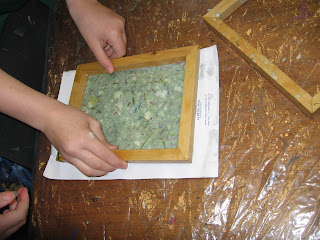This week, I have been working on more drawings, trying to illustrate the school in some way. I am still working on a format of 8x8cm on graph paper, inspired by the carvings on the chapel pews:

I have settled one using the name of the school's Houses and with the help of Jenny, the library's archivist, I am trying to find out were the names came from. There are twenty two houses in the Junior/Senior school and a further four in the Prep school. Having no involvement with the Prep shcool, I have decided not to illustrate those four houses.
Here are a few pencil sketches:


These are still likely to be transformed until they are finally inked up. They are hybrid drawings, using photos of the sites around me, maps of the school, dictionary descriptions, books and of course, my imagination. The latter allows me ample freedom.
This fits very well with the history of the school, as per BH Garnons Williams's explanation of the name 'Newcorft' (for one of the new buildings inaugurated in 1958). In his book 'A History of Berkhamsted School, 1541-1972' he describes the name as a mix using the first syllable of Sir Isaac Newton's surname with the second syllable of Sir John Cockcroft's, creating the word Newcroft.


I have also been using different media, yet again to try to 'portray' the cellular creatures I am creating as follows:

Then looking at a very old photo of the chapel, photos of various xrays of shells as well as experimenting with black and white photography, I have transformed my drawings:



For now I need to finish off my 22 drawings, and then surprise.....





















































